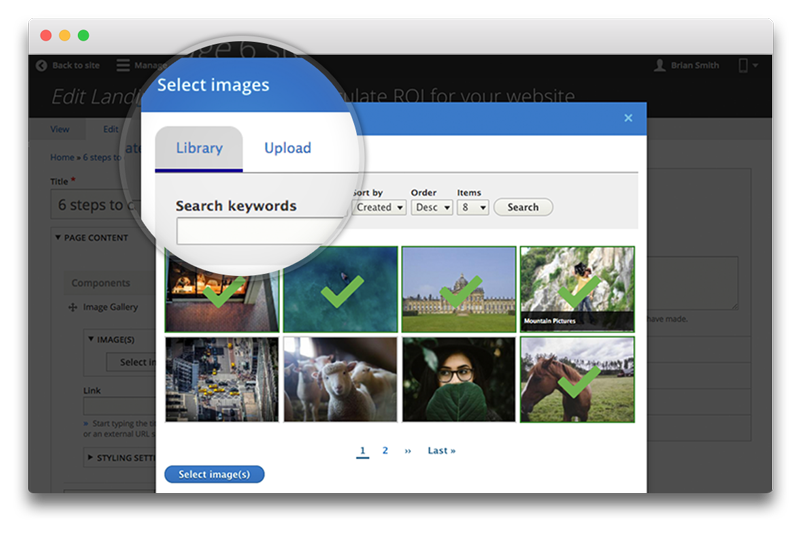
You will see a link for ‘Demonstrate block regions (Custom Theme)’.Click on the link. Your Custom Theme will appear under the Block Layout. After it is installed, go to Structure -> Block Layout.
#Drupal 8 add font kit install
You can download myWoffFont.woff file from . You need to click ‘Install and set as default’ option to install your Drupal theme on the site.

WOFF is an acronym that stands for “Web Open Font Format.” it is used to compress fonts for use with the CSS property.
#Drupal 8 add font kit how to
If you are not sure of how to add web fonts to your site then read on. Fonts are a very important in aesthetics and readability. If it isn't pleasing to the eyes, it will directly affect traffic. Aesthetics is often very important for any website you design. In Drupal 8, themes can modify the entire theme settings form by adding a PHP function to either the THEMENAME.theme file or to a theme-settings.php file. Because it’s already a formatted text field, the form alter is very simple.Specialized fonts beyond the typical “Arial, Geneva, Helvetica” can be embeded to your site by uploading Web Open Font Format file for the needed font in your site. This page has a form with standard settings like Logo image settings ,Shortcut icon settings, 'fonts', 'styles' for example. If you have a Text (formatted) field, you may want to enable a WYSIWYG on it to make it easier for editors to create the content. The kicker is that the info changes go in the FRONT END theme, even though I’m using an admin theme on the node form. In this example, I’m adding a general hook_form_alter() that will apply to all forms regardless of entity type. It turns out there are two ways to alter the styling in the WYSIWYG editor, adding some information to the default theme’s info.yml file, or implementing HOOKckeditorcssalter () in either a module or in the theme. You may also need to add some conditions so that the field is only changed on certain forms or for certain content types–this is also beyond the scope of this article.

See the entry about hook_form_alter in the Drupal API. There are many ways to add a form_alter in Drupal 8, and those are documented elsewhere. It’s actually possible to do this in a custom module, with a few lines of code.įirst you’ll need to add a form_alter function in your custom module, most likely in the. Wouldn’t it be nice if you could simply enable a WYSIWYG on that plain text field and be done with it? Especially if your client is on a tight budget. Changing a field type this way is entirely possible, but more time consuming and error prone. If the field is renamed, you also have to consider reconfiguring any views, entity references, display modes, etc.

#Drupal 8 add font kit update
One solution is to write an update hook that will create a new field, migrate existing data to it, and delete the old field. The long way: create new field, migrate data, reconfigure And they want their editors to be able to use a WYSIWYG, so they don’t have to deal with HTML code. However, only the last two will show the WYSIWYG editor (if it’s associated with the selected text format).īut what happens if midway through your build process, or months after your site has launched, the requirements for that text field change? Your client or designer decides they now want to allow some formatting in a field that was originally Text (plain) or Text (plain, long). The last three will allow HTML tags, depending on the settings for the Text Format that the user chooses when entering content. If a user enters HTML tags, they are ignored and displayed as plain text. The first two are actually string fields and don’t allow any formatting. In Drupal 8, there are five types of text fields in core: Sometimes requirements for a field change, both during the build phase and long after a site has been in production, and it would be convenient to toggle on a rich text editor and text filtering with minimal effort. This was something that was easy to do in Drupal 7 by editing the field’s settings and changing the value for Text processing. If you have a custom parent theme you would use base-fonts do define base fonts that all your child themes will use. A common frustration for Drupal 8 (and 9) site builders is the inability to change text fields from plain text to filtered text through the administrative interface.


 0 kommentar(er)
0 kommentar(er)
